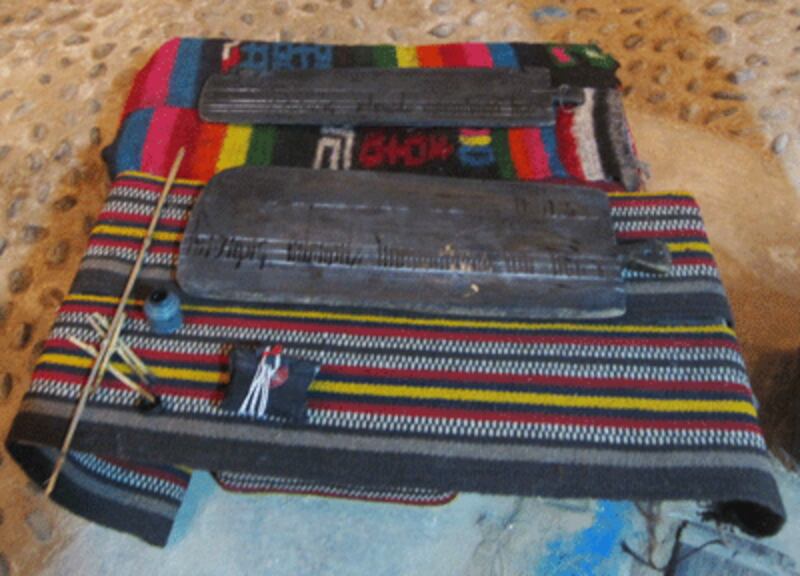Chinese authorities in the Tibetan capital Lhasa have closed an exhibition of Tibetan art amid growing efforts by Tibetans to assert their cultural and national identity in a region increasingly dominated by Han Chinese.
The exhibition, which was shut down two hours after it opened, included modern paintings and a display of wooden writing boards called jangshing, traditionally used to teach the written Tibetan language.
“[On Oct. 16] there were many people browsing through the exhibition,” said a Lhasa resident, speaking to RFA on condition of anonymity.
“Among them were police and other security officials,” the man said.
“Since it was really crowded, I left with the intention to return when fewer people were there. But when I came back on Oct. 17, the exhibition had closed with no word of explanation.”
“I heard later that it was ordered to close,” the man said.
Authorities may have shut down the exhibition by Tibetan artist Kalnor because of the “sensitivity of Tibetans displaying traditional cultural themes,” he said, adding, “There are heavy restrictions on all Tibetans living in the Lhasa area now.”
Modern and traditional themes

The exhibition, arranged in three rooms, had included displays of old and modern styles of writing and contemporary paintings done on traditional backgrounds, the man said.
In one painting, a Buddhist Wheel of Life was depicted with a lamp placed at its center, and with moths flying into its flame. In another, monks were shown flying in the sky.
A third picture showed the 21 Taras, popular female divinities, painted on butterfly backgrounds.
The main section of exhibition contained the jangshing, wooden boards used for practicing Tibetan writing, the man said.
“These were arranged as if for a class, with writing boards, bamboo sticks for writing, and bags containing white power used to trace the lines shown on the boards.”
“It was an interesting display of Tibetan art,” he said.
“I wanted to see more of it in detail, but the crowd was so overwhelming that I couldn’t view all of the items.”
‘A critical role’
Speaking in an interview on the state-controlled Xinhua Television Network, artist Kalnor said that in old Tibet, wooden writing boards had played “a critical role” in teaching the Tibetan language.
“Now we have computers and paper to write with, but for Tibetan writing practice, we have to depend on jangshing,” said Kalnor, who learned traditional writing from his father and now teaches art at the Toelung Dechen Middle School outside Lhasa.
“I want to revive the old tradition of practicing writing and initiate further improvements,” he said.
The Xinhua interview aired on Oct. 20 and did not mention that the exhibition had been closed.
Tibet’s exiled spiritual leader the Dalai Lama recently called on the Chinese government to change its "repressive" policies in Tibet, citing China's crackdown on monasteries and policies curtailing use of the Tibetan language.
Eleven Tibetans inside Tibet have self-immolated so far this year in protest against Chinese rule.
Tensions in the Tibet Autonomous Region and in Tibetan-populated areas in China's provinces have not subsided since anti-China riots swept through the Tibetan Plateau in March 2008.
Reported by RFA's Tibetan service. Translations by Karma Dorjee. Written in English by Richard Finney.
